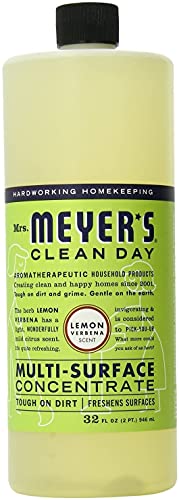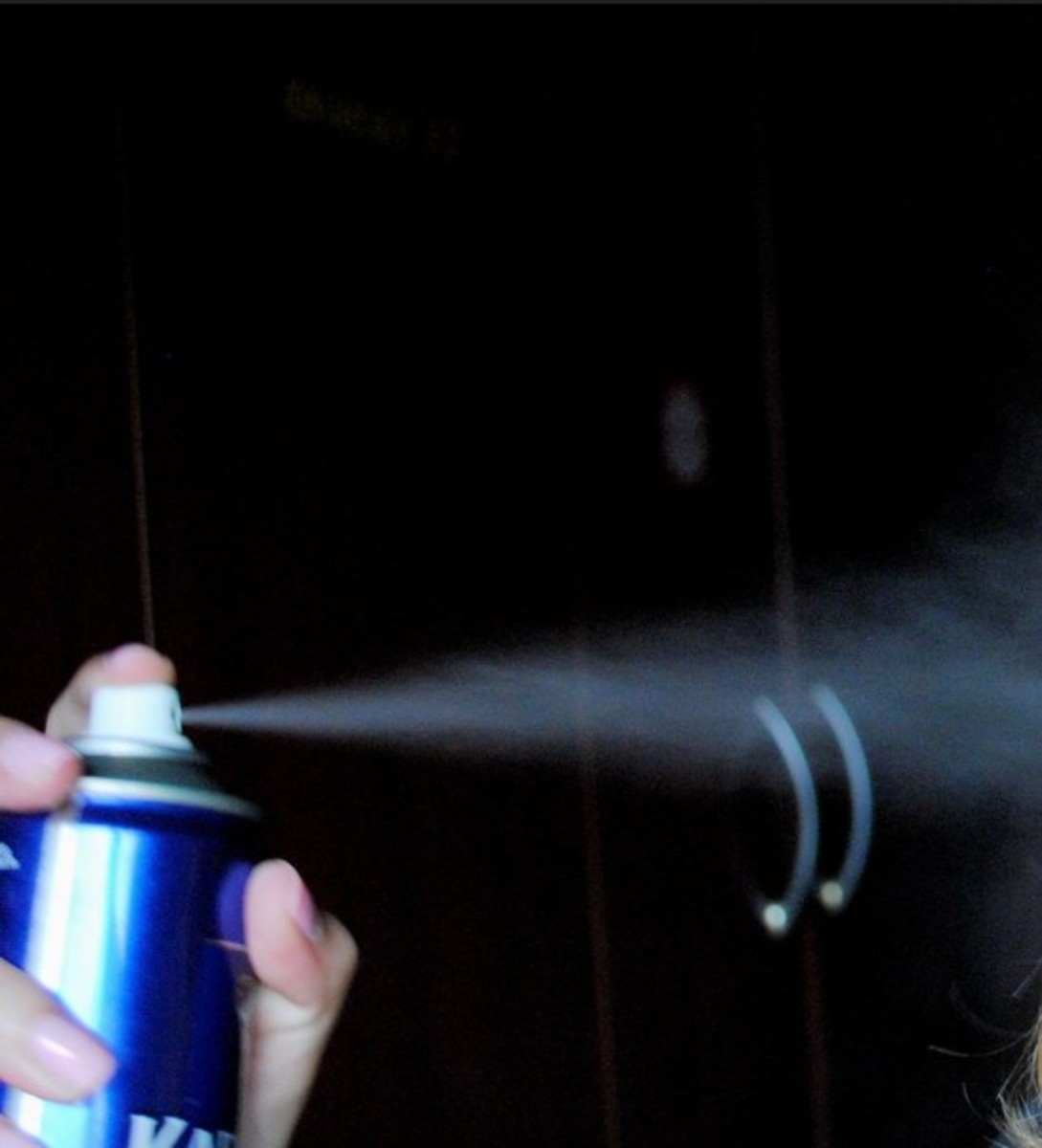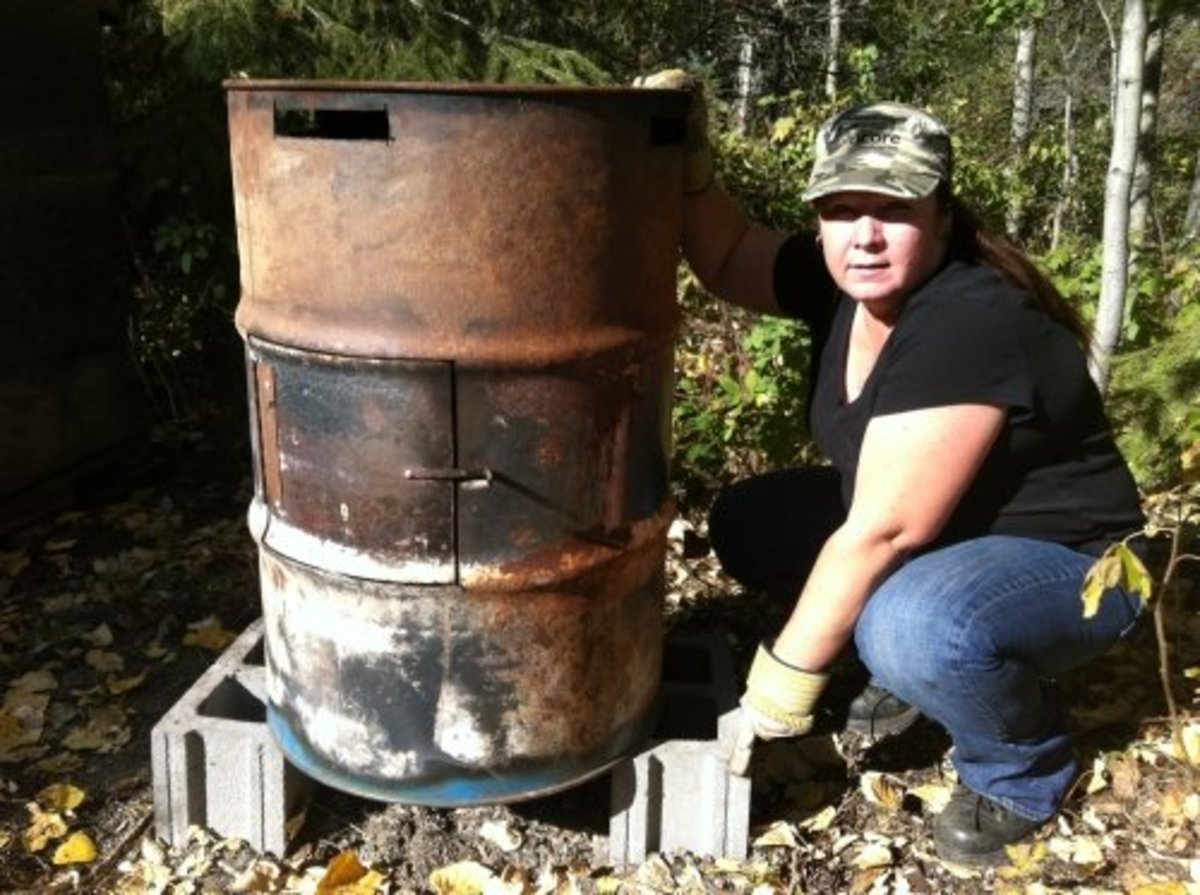Awakening From a Silent Spring: Are Everyday Household Products Safe?
A recent study by the Silent Spring Institute, an environmental health research organization, shows that a range of everyday household products have harmful chemicals and those chemicals are not always listed on product labels.

What this study says
In this study, actual products were tested for the presence of chemicals. The products included everyday items such as shower curtains, perfumes, air fresheners, laundry detergents, shampoos, and sunscreen and included “alternative” products - those listed as “safer.” The majority of all these products were shown to have chemicals that may contribute to negative health outcomes, such as breast cancer, growth and reproduction issues, and asthma. Moreover, many of those chemicals were not listed on the product label.
While this research is not surprising, it does add to the growing evidence that many of the products we use in in our day-to-day lives may not be as safe as we think. In addition, since the product labels are not complete, we have no way of knowing. The study suggests that current safety testing standards should be improved to better protect consumers. The Silent Spring Institute advises consumers to be cautious when using skin products, to avoid vinyl products and those containing fragrances or anti-bacterials, and to wash with soap and water.
On the other hand
Industry critics, however, say that this research is biased and that the scientific methods are not rigorous enough. They argue that the amount of chemical exposure in these types of products is too low to harm individuals and that there is not scientific proof that exposure to the chemicals studied are related to the harmful health outcomes mentioned. They also claim that protections are in place to ensure consumer safety, and this type of study simply serves to increase consumer fears.
Do you think safety standards for chemicals in everyday products are strong enough to keep consumers safe?
NPR's "On Point" on the Silent Spring Study
- http://onpoint.wbur.org/2012/03/13/household-cancer-hazards
Tom Ashbrook's On Point discusses household hazards and the chemicals we live with every day.
Weighing the different sides
While there may be differences of opinion about whether this study is scientifically rigorous enough, leaders on both sides of this issue feel strongly that their argument has merit. On one hand, environmental advocates caution that we are surrounded by potentially harmful chemicals that may negatively impact our health and may be a contributing factor to the increases we’re seeing in cancer, asthma, and a whole range of negative health outcomes. On the other hand, industry critics fiercely defend their rigorous practices for ensuring consumer safety.
Different forces are at work here - environmental advocates who are fighting an uphill battle to educate and protect consumers, and industry organizations who are fighting to sell their products without increased costly regulation. In the end, it may behoove us all to be careful, as it is nearly impossible to know how the unique mix of chemicals we’re each exposed to each day might interact with our unique bodies to create a harmful outcome. On the other hand, life is short and meant to be enjoyed, why bother being anxious about something you probably can’t control? Time will tell, hopefully in our lifetime.
Other Hubs by This Author
- Chemicals in Coke and Pepsi: Cancer-Causing or Worth...
In response to a California law that requires drinks containing certain levels of carcinogens to be labeled, Coca-Cola and PepsiCo have agreed to adjust their drink recipes, rather than add a cancer warning to their products. While some argue that th - Benefits of Higher Gas Prices: Why I Don't Mind Payi...
With rising gas prices, we all grumble a little when we fill our tanks. However, the long-term benefits of higher gas prices may well be worth the short-term pain. This article outlines how higher gas prices can lead to a healthier population and can - Does Where You Live Make You Fat? What Cities Can Do...
Citywide weight loss challenges are becoming increasingly popular, but can they work? This article describes how cities can make a difference in the obesity epidemic by changing policies and structures to create cities that encourage physical activit










